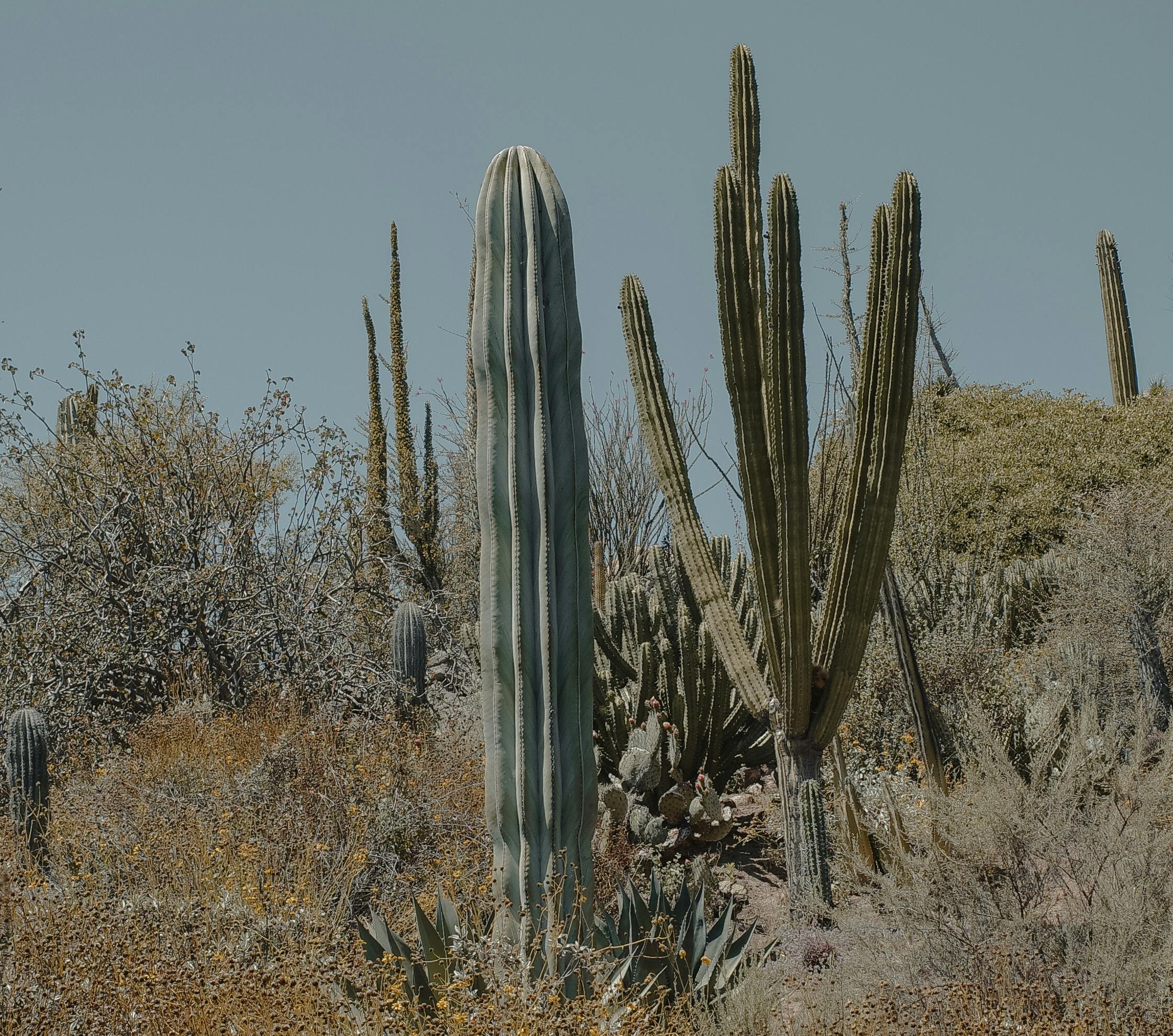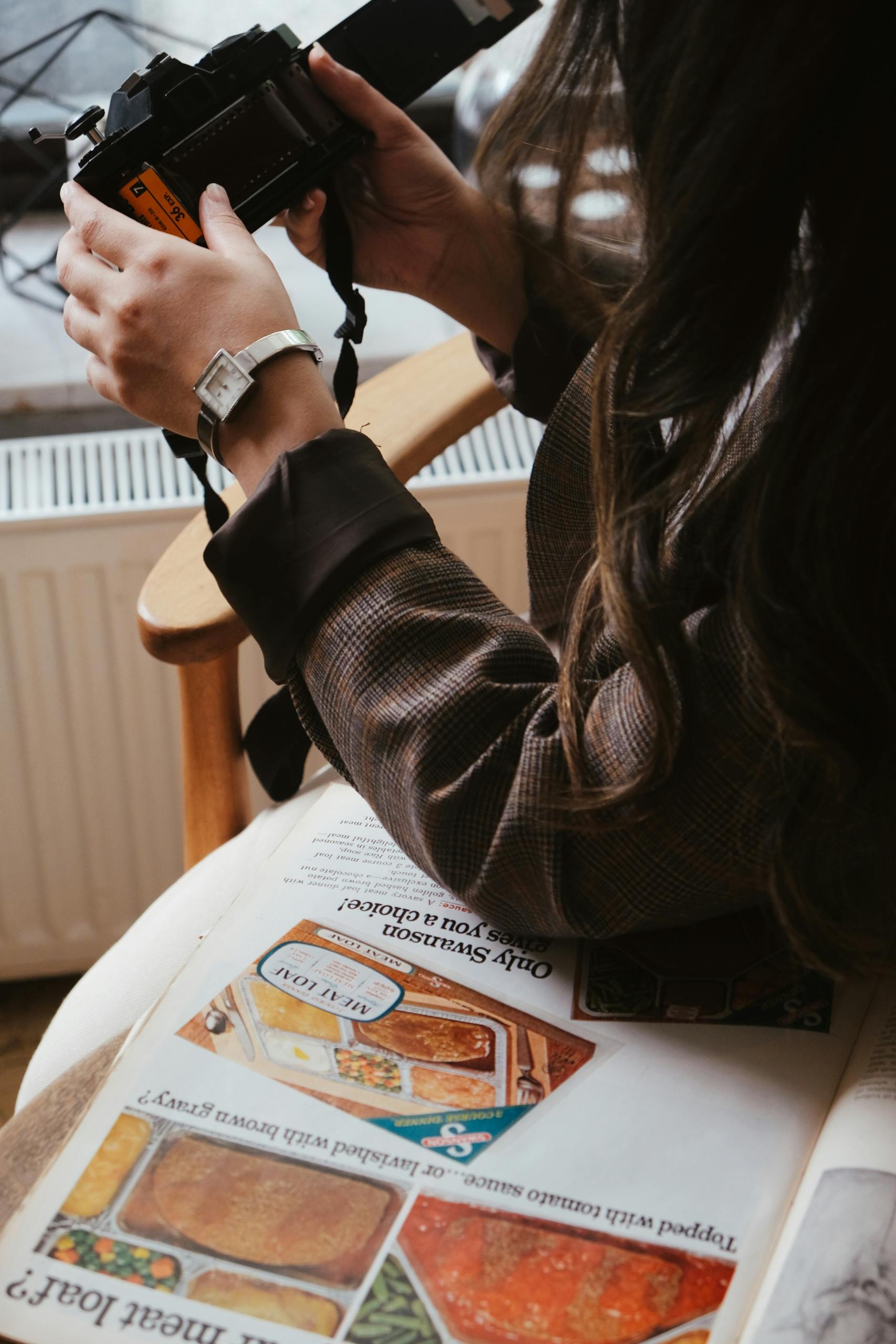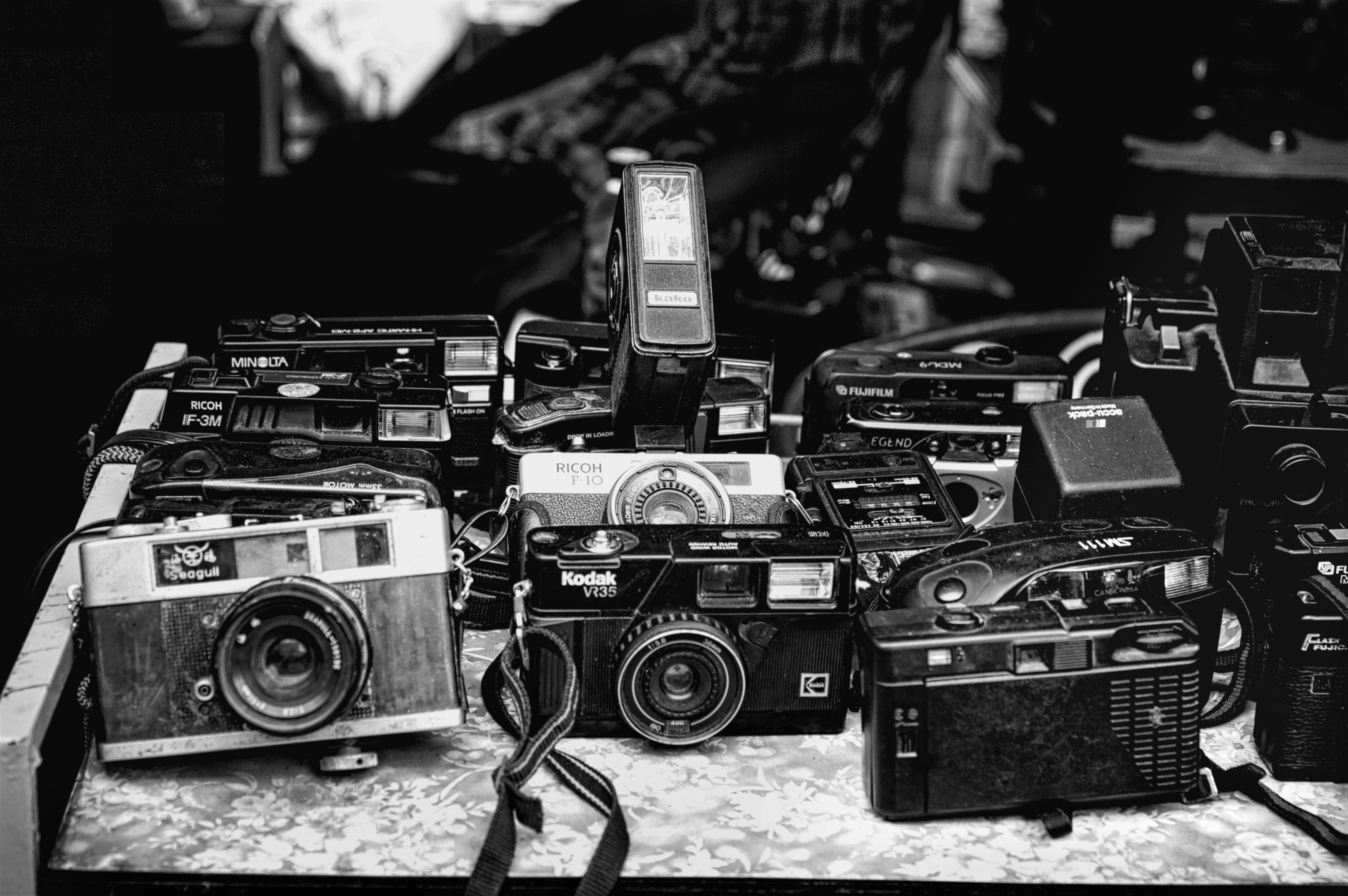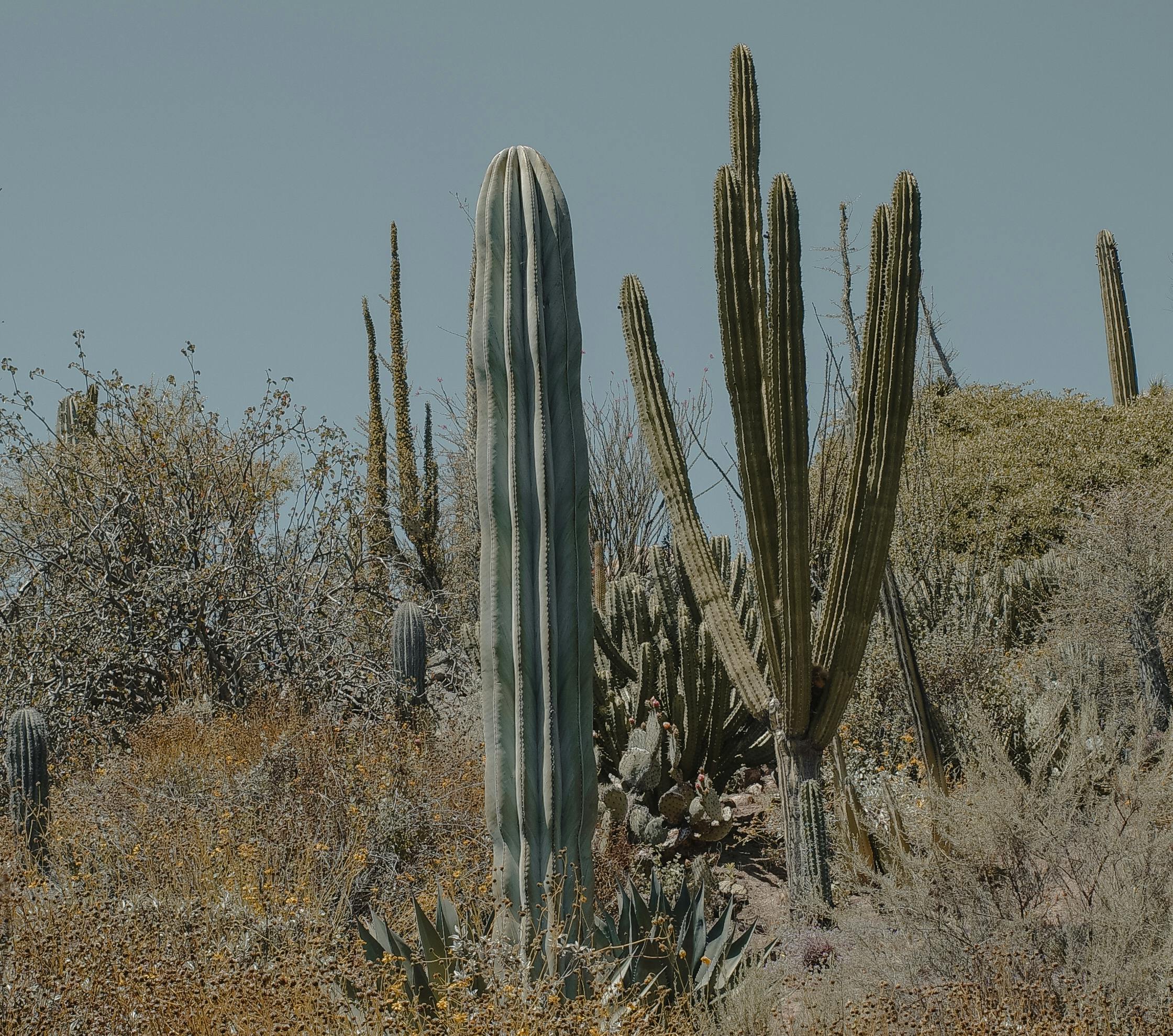Mastering Ricoh GR III Film Recipes for Timeless Photography
In an age where digital convenience often overshadows artistic depth, the rise of Ricoh GR III film recipes is a breath of fresh air for photography purists. These custom configurations bring back the nostalgic charm of analog film through digital mastery. In this guide, you’ll uncover the fundamentals, implementation strategies, and advanced tricks to unlock stunning film-like visuals using your Ricoh GR III.

Understanding the Fundamentals
Ricoh GR III film recipes refer to custom settings that emulate the look and feel of classic film stocks using the camera’s JPEG engine. These recipes are meticulously crafted combinations of contrast, saturation, sharpness, grain effect, and white balance adjustments. They allow photographers to create consistent looks straight out of the camera without needing post-processing.
This technique stems from the broader trend of digital film simulation, popularized by FujiFilm but gaining traction among Ricoh users due to the GR III’s portability and raw imaging power. The GR III’s minimalistic design makes it a favorite among street and travel photographers who want analog aesthetics in a digital workflow.
1.1 Simulating Classic Film Stocks
Film recipes are often based on iconic film stocks like Kodak Portra, Fuji Superia, and Ilford HP5. Each recipe aims to reproduce specific tonal qualities, color casts, and grain structures. For instance, a Portra-inspired recipe would emphasize soft contrast and pastel skin tones—ideal for portraits in natural light.
Photographers use these recipes to match moods and storytelling objectives. A high-contrast black and white recipe, for example, evokes gritty urban narratives. Understanding which film recipe to use in what context is key to leveraging the GR III effectively.
1.2 What Makes Ricoh GR III Unique
Unlike other brands, Ricoh GR III offers intuitive in-camera editing options that provide great flexibility for JPEG shooters. Features like Highlight-Shadow tuning, Positive Film preset, and Grain Effect simulate analog characteristics with surprising accuracy. The compact size and APS-C sensor make it a perfect everyday carry camera for on-the-go shooting with film recipes.
Moreover, the GR III’s Snap Focus mode complements street photography recipes, offering speed and spontaneity unmatched by many competitors.
Practical Implementation Guide
Now that the foundational concepts are clear, let’s explore how to create and apply Ricoh GR III film recipes to achieve consistent and expressive results. You’ll learn the step-by-step approach to building your recipe collection and optimizing your camera workflow.

2.1 Actionable Steps
- Step 1: Research a film stock or aesthetic you want to emulate. Look for visual examples to guide your color and contrast adjustments.
- Step 2: Use the GR III’s Image Control settings to adjust Sharpness, Saturation, Contrast, and Highlight/Shadow. Save the settings as a Custom Preset.
- Step 3: Test your recipe in various lighting conditions. Refine it based on the results and create naming conventions to organize your presets effectively.
2.2 Overcoming Challenges
Here are common issues photographers face and how to handle them:
- Inconsistent Results: Lighting heavily influences how recipes appear. Always test in different environments.
- Overprocessed Look: Too much grain or saturation can ruin the analog feel. Dial back for subtlety.
- Difficulty Matching Film Stocks: Digital sensors interpret color differently—accept approximations, not perfection.
Expert tip: Maintain a logbook (digital or analog) to track adjustments and results. This helps you iterate and develop a refined visual style.
Advanced Applications
Once you’ve mastered basic recipes, you can explore advanced techniques such as dynamic customization for different scenes, hybrid workflows combining JPEG and RAW, and using recipes for video content. These practices open doors to cinematic storytelling right from your pocket camera.

3.1 Scene-Specific Customization
Some photographers create different film recipes for distinct genres such as portraits, landscapes, or night shots. For example, a night recipe might reduce highlights and increase shadows to retain city lights’ ambiance. Case studies show photographers achieving gallery-quality prints straight from in-camera JPEGs using this approach.
3.2 Hybrid Workflow Integration
Advanced users often pair JPEGs with RAW files. JPEGs provide instant filmic results, while RAW backups allow for more detailed editing if needed. This approach is ideal for commercial or wedding photographers using Ricoh GR III as a backup or B-roll camera. Compatibility with Adobe Lightroom or Capture One ensures smooth transitions between workflows.
Future Outlook
The interest in Ricoh GR III film recipes is expected to grow as more users seek personalization in their photography. With AI-based enhancements and firmware updates, we may soon see native film emulation packs built into the camera’s ecosystem.
Photographers should stay updated with community forums and recipe-sharing platforms to keep pace. Experimenting with AI-assisted edits while preserving your analog-inspired style will be the next frontier.
Conclusion
To summarize, Ricoh GR III film recipes empower photographers to craft nostalgic, cinematic imagery without leaving the digital realm. Understanding the fundamentals, applying them practically, and embracing advanced workflows can elevate your visual storytelling dramatically.
Ready to transform your photography style? Dive into creating your own film recipes today and experience the joy of timeless shooting in the modern era.
Frequently Asked Questions
- Q: What are Ricoh GR III film recipes? They are custom image settings that emulate classic film stocks through in-camera adjustments.
- Q: How do I get started with my first recipe? Begin by choosing a film look you admire, then replicate it using the GR III’s Image Control settings.
- Q: How long does it take to create a recipe? It can take 30 minutes to a few hours, depending on testing and refinement across lighting conditions.
- Q: Are there costs involved? No direct costs. You only need the Ricoh GR III and your time. Some users invest in editing apps for hybrid workflows.
- Q: How do Ricoh recipes compare to FujiFilm simulations? Fuji offers built-in profiles, while Ricoh provides manual flexibility. Ricoh gives more creative control but requires effort.
- Q: Are these recipes hard to create? Not at all. With basic camera knowledge and practice, anyone can craft effective recipes.
- Q: Can these be used in commercial photography? Yes. Many street and portrait photographers use Ricoh GR III recipes for branding and editorial projects.
